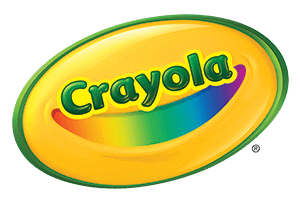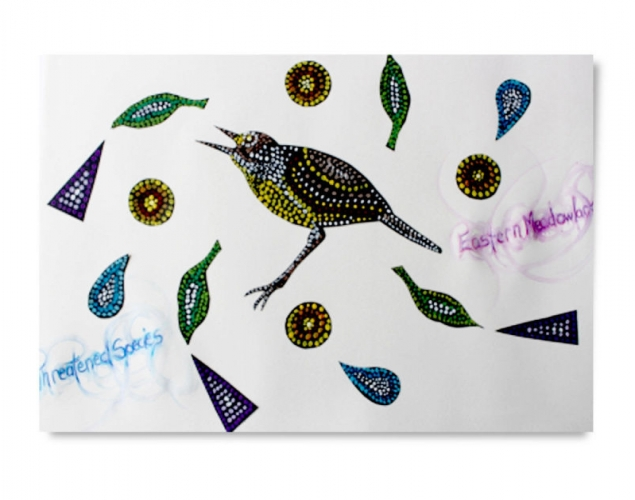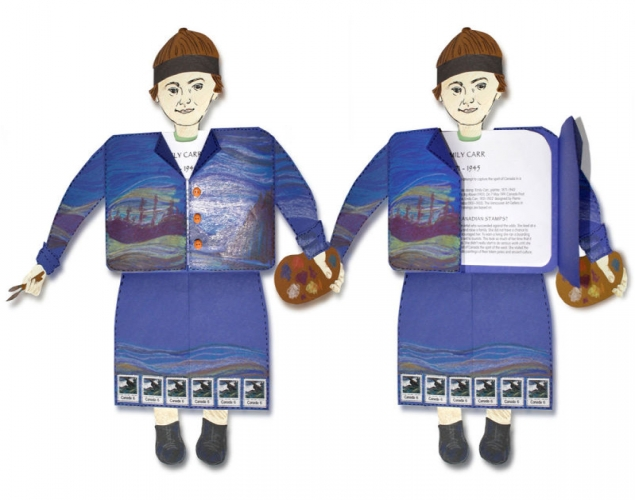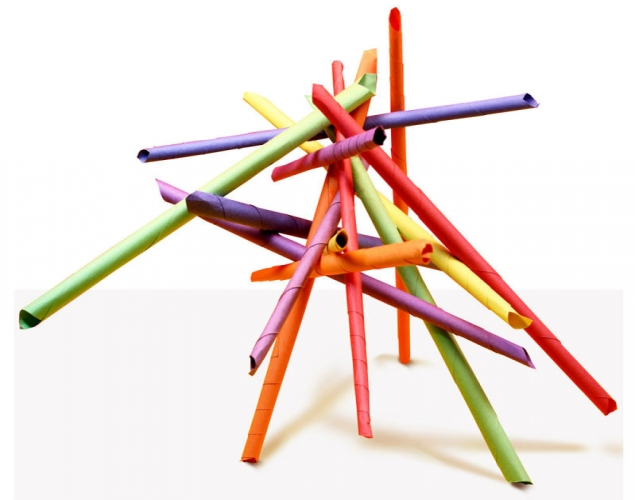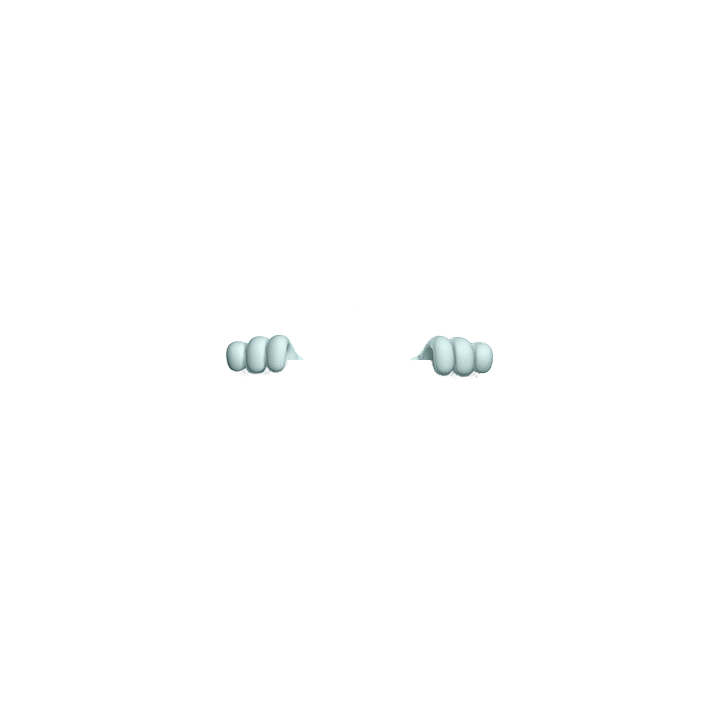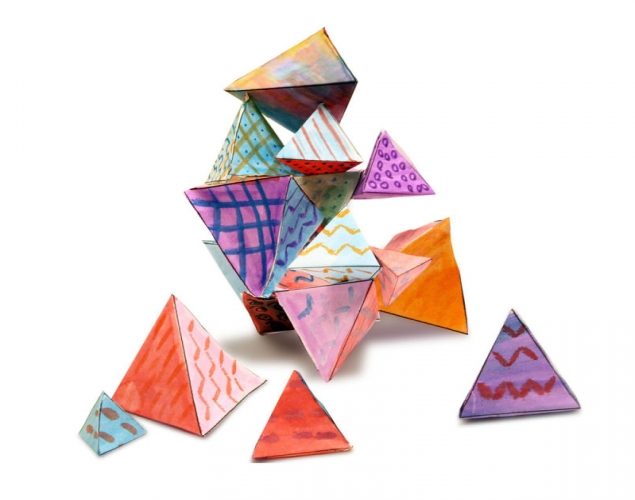
Supplies:
- Crayola Construction Paper - Black
- Crayola Scissors
- Crayola Glue Sticks
- Crayola Round Paintbrushes - 4 Count
- Crayola Acrylic Paint - 6 Count
- Crayola Watercolour Pencils - 12 Count
- Crayola Coloured Pencils - 24 Count
- Water Containers
- Paper Towels
- Pencils
- Drawing Paper - 30.5 cm x 45.7 cm (12" x 18")
Steps:
1
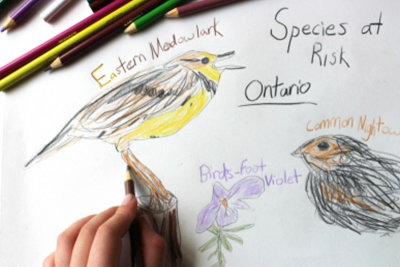
- Brainstorm a variety of species at risk.
- Use coloured pencil to draw plants and animals that may be of special concern, threatened, or endangered.
- Include the names of the different species in your drawing.
- Choose one species to focus your artwork on.
2
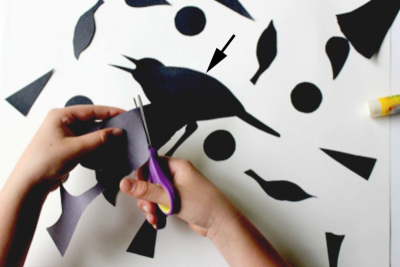
- Use black construction paper to cut out the shape of the endangered species or species at-risk that you have chosen for your focal point.
- Glue this shape onto the centre of a large piece of white drawing paper.
- Cut out a variety of geometric and organic shapes and place the shapes in a circular pattern around the shape in the centre.
- When the pattern is complete use a glue stick to secure the shapes.
3

- Reflect on the variety of images of Traditional Cree and Ojibwe beadwork.
- Examine examples of beadwork, notice the gradation of colours from light to dark, or dark to light.
- Imagine you are creating a beaded artwork.
- What colours would you choose?
- Use acrylic paints and a very fine paint brush to create small beadlike circles on the black shapes.
- Create patterns with the colours and beadlike circles.
- Fill in all the black shapes with coloured patterns.
4
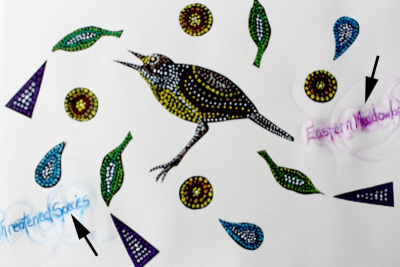
- Use watercolour pencils to write the name of the endangered, threatened, extirpated, of special concern, or at risk species on the artwork.
- Gently paint into the watercolour pencil with water to soften the lettering.
Subjects:
Language Arts,
Science,
Visual Arts,
First Nations, Metis, Inuit
Grades:
Grade 3,
Grade 4,
Grade 5,
Grade 6,
Grade 7,
Grade 8
